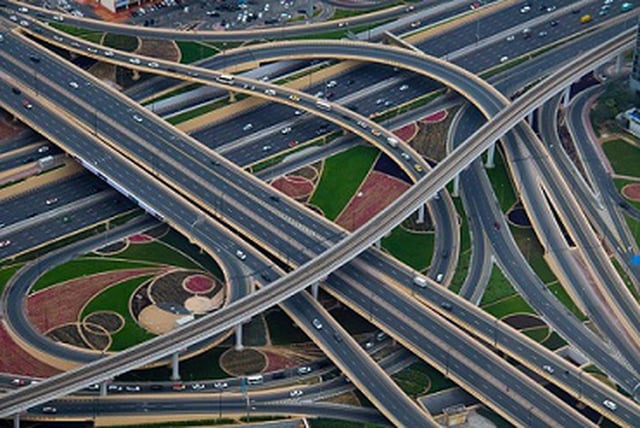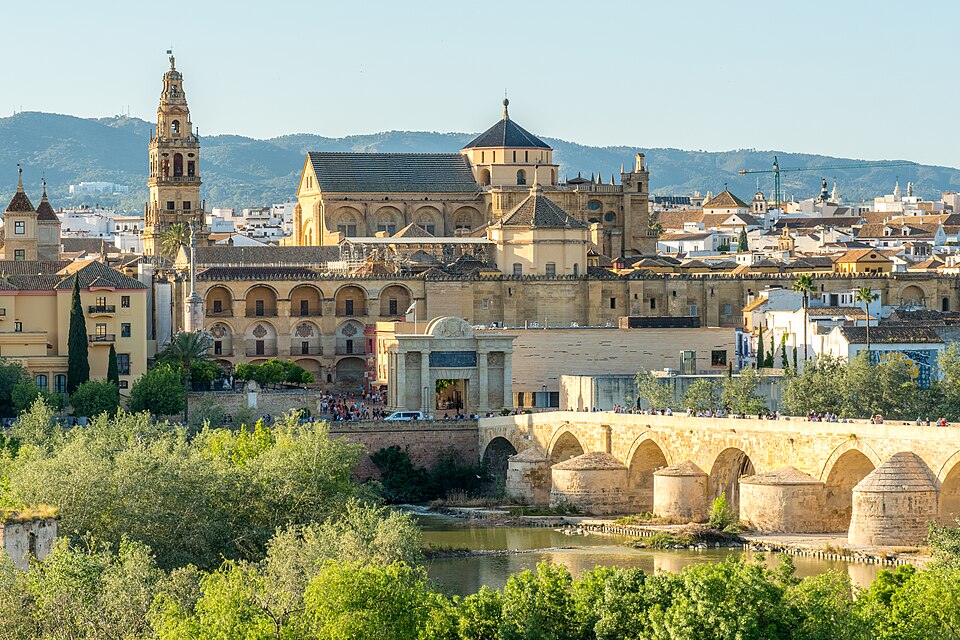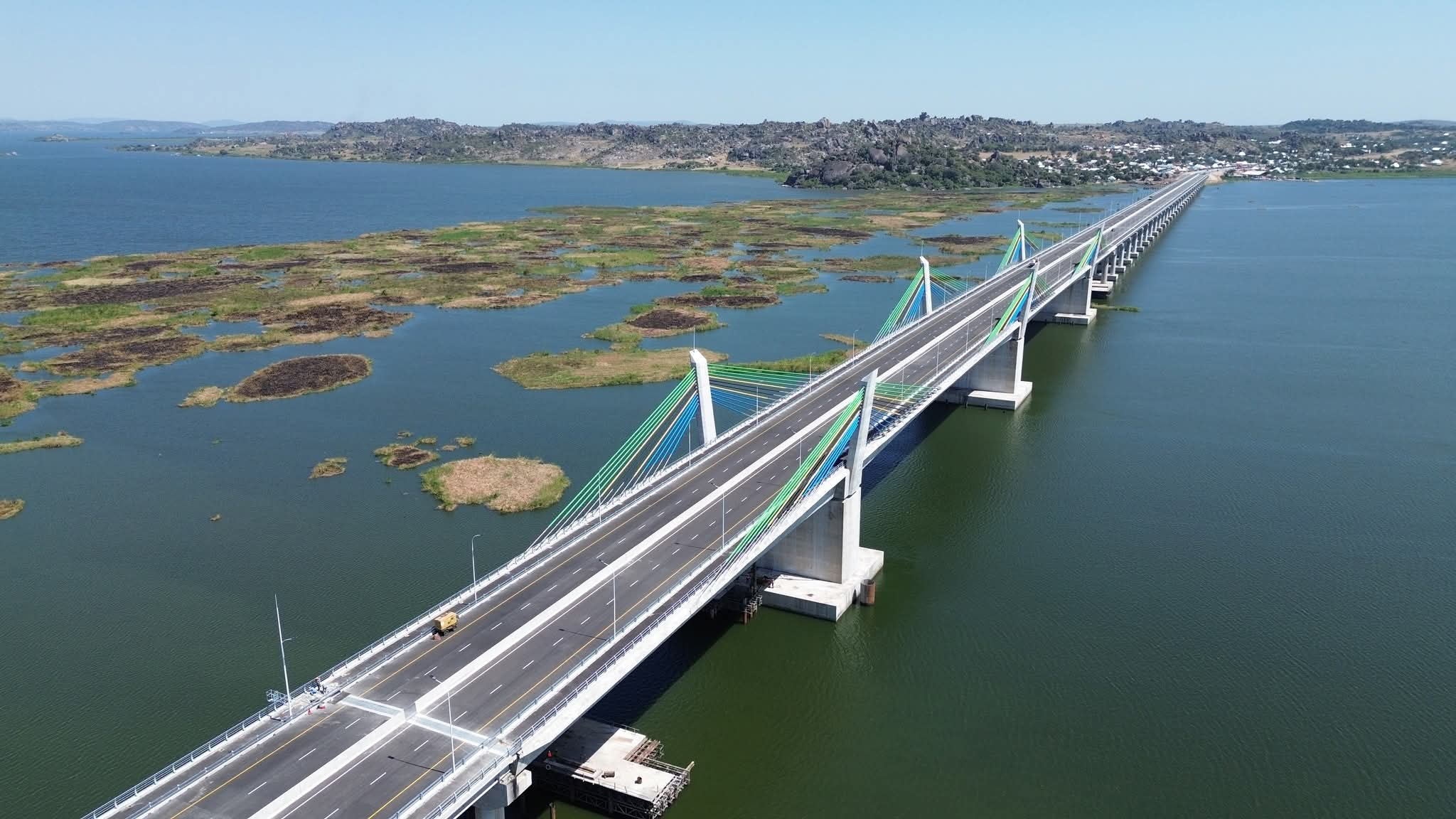GLOBAL: The Countries With the Highest Road Networks

Did you know that, with nearly 3 million kilometers of motorways, the United States has the largest road network in the world, nearly double that of China (1.7 million km) and three times that of India (1 million km)?
According to 2023 data from Visual Capitalist, there are roughly 21,600,760 kilometers of road worldwide, while researchers have estimated that there will be four million (4,000,000,000) kilometers of additional roads covering the Earth by 2050, even under conservative assumptions.
Below is the ranking of road networks in the Top 10 Countries of the World, in the order of Rank, Country, All Roads (km) and percentage (%) of World's Roads are: (1) U.S. 3,097,278km, 14.34% | (2) China 1,709,997km, 7.92% | (3) India 1,052,718km, 4.87% | (4) Mexico 741,949km, 3.43% | (5) Argentina 703,087km, 3.25% | (6) Brazil 681,267km, 3.15% | (7) Russia 621,813km, 2.88% | (8) Australia 620,393km, 2.87% | (9) Germany 563,155km, 2.61% | (10) France 523,566km, 2.42%
The small Pacific island country of Palau has the smallest road network in the database measuring 18 kilometers. However, many overseas territories of countries have even smaller networks, with Norfolk Island being the smallest in the dataset at 10 km.
That said, when breaking the road networks down by type, the rankings change significantly. China muscles out the U.S. with nearly double the amount of main roads (highways + primary roads). Meanwhile, Japan and Canada climb into the top 10 by largest main road networks, while India drops down to #8.
In the database, 1.8 million km or more than 50% of the U.S.’s large road map is made up of smaller local roads, giving unparalleled access across almost the entire country. It also has the world’s most secondary roads, while Argentina, India, and Australia lead the rankings with the most tertiary roads.
The environmental impact of economic development is also visual on these road networks. Road construction leads to emissions and biodiversity displacement. By matching road maps with natural environment visualizations like this forest map, we can see how much of the world’s pristine natural reserves are still untouched by humankind. In South America for example, the Amazon rainforest accounts for a large chunk of Brazil’s lacking road coverage.
Finally, though the GRIP research attributes population and affluence as key correlations with road development, other economic factors drive road network expansion as well. The researchers estimate that there will be 4 million kilometers of additional roads covering the Earth by 2050, even under conservative assumptions.
In the never-ending balancing act of sustainable development and economic prosperity, development of the world’s road map will have ripple effects for years to come.
Source: Visual Capitalist
#penglobalfactfile #roads


_1755775186.jpg)
